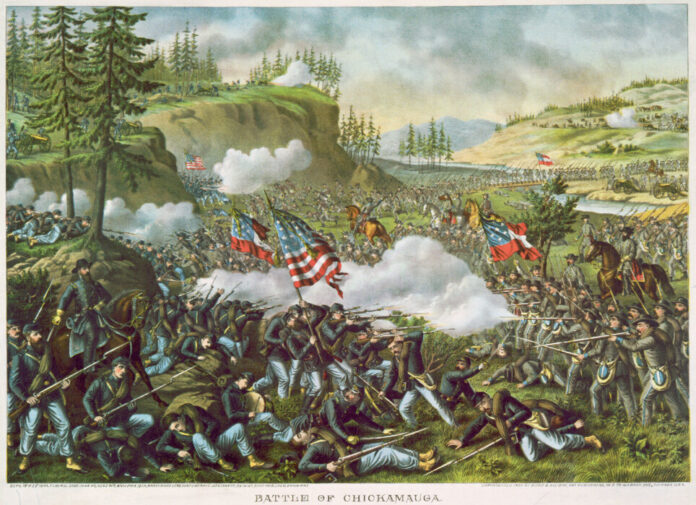According to a new book, news from the United States has shaped discussions in newspaper columns, dinner parties, and in the Storting (Norwegian Parliament) for as long as we have had a democracy. Norwegians Have Been Engrossed in American Politics Since the 19th Century.
The close bond between the USA and Norway has a long history. Even in the 19th century, the average Norwegian followed American politics closely.
Norwegians are concerned about what is happening in the USA
In 2020, for example, several thousand people gathered in front of Løvebakken (in front of the Parliament building) to support the American Black Lives Matter movement. Last year, Norwegian media published over 1,300 articles in the lead-up to the US presidential election. And commentators from all sides of the political spectrum regularly warn that we are “importing” American debates to Norway.
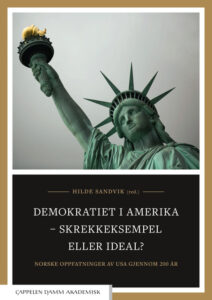
But the Norwegian fascination with America is far from a new phenomenon, says UiO historian Hilde Sandvik, who has edited the recently published book “Democracy in America – a horror story or an ideal?” (in Norwegian only).
In it, the authors analyze the historical coverage of the USA in Norwegian newspapers and magazines from the 19th century to the post-war period. They demonstrate how news from the other side of the Atlantic influenced social debate and political decisions at a time when Norway’s democracy and institutions were being established.

“What struck me is how knowledgeable Norwegians – from ordinary farmers to high-ranking civil servants – were about current political issues related to the United States,” she says, and elaborates:
“Norwegian media covered American politics thoroughly, and Norwegians engaged in American injustice, while drawing inspiration from organizational and trade union life in America,” she explains.
The book is based on an interdisciplinary research project that examines how American politics has been perceived and discussed in Norway in recent centuries.
Where did Norwegians get their news about America from? Instead of today’s foreign correspondents, newspapers in the 19th century had to rely on immigrant letters, reports from traveling Norwegians and sailors, or by directly cutting from Norwegian-American newspapers printed in the United States.
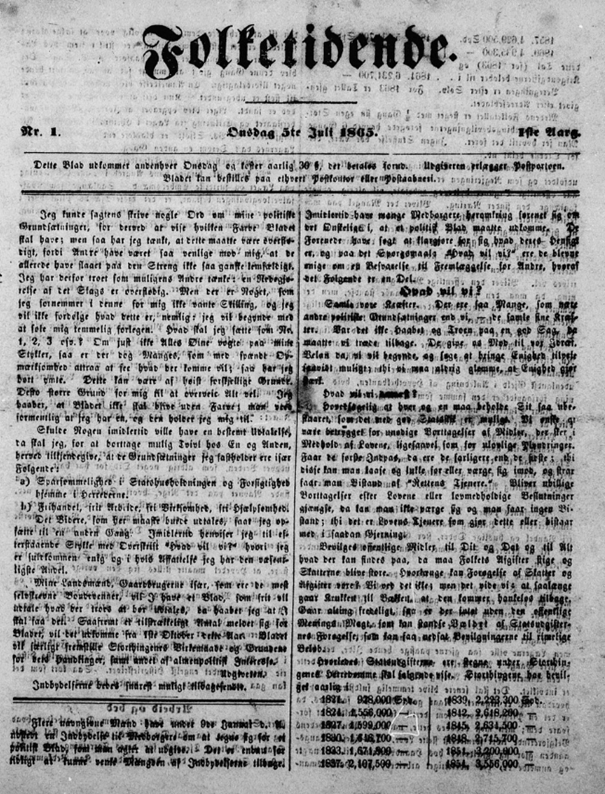
“Norwegian emigrants were a newspaper-pressing people. At its peak, over 300 Norwegian newspapers were published in the United States,” Sandvik says.
A significant contributor was Ole Munch Ræder, who in 1846 crossed the Atlantic on behalf of the Storting to study the jury system in the United States. Sandvik describes him as a kind of Norwegian Tocqueville, who investigated and reported back home on various social and political conditions in the United States.
“Democracy in America – Horror Story or Ideal”? is the result of several years of interdisciplinary research on the links between Norwegian and American democracy.
Ræder was particularly concerned with slavery, and many of his letters about the brutality of slavery were published in Den Norske Rigstidende, which most Norwegian civil servants read.
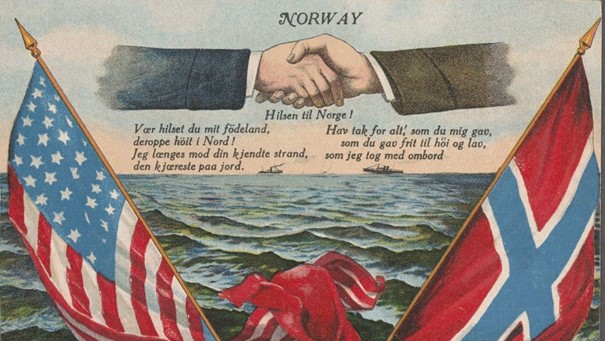
“Norwegians had long been against slavery, but Ræder’s descriptions aroused a completely different commitment. Many went from a general “it’s awful with slavery” attitude to a more explicit disbelief at how brutality was accepted in America. Ræder reacted strongly to how normalized the entire system was, especially the treatment of slaves who disobeyed or tried to escape,” says Sandvik.
Although there was never a protest march against American slavery in front of the Storting, the coverage still affected the attitudes of Norwegians.
“The injustice hit Norwegians deeply. When “Uncle Tom’s Cabin” was published a few years later, we have reports of people sitting in reading groups – the reading circles of the time – and crying,” Sandvik continues.
As for Ræder’s original assignment to study the jury system, he was not listened to the same extent. Although he argued convincingly for the jury system’s positive aspects, interspersed with some critical observations, it was not until 1887 that juries were introduced into Norwegian courtrooms.
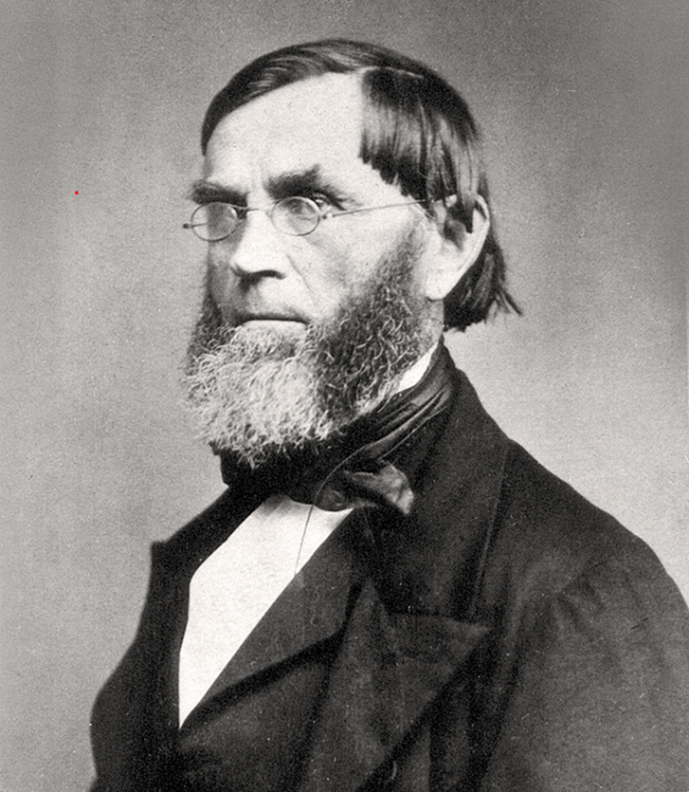
Farmer’s newspaper filled with American news
Mandal, 1865: farmer, national politician, and member of parliament Søren Jaabæk founded the magazine Folketidende as a weekly magazine for the organization Bondevennene. Within a few years, Folketidende became a nationwide newspaper. And since farmers at that time constituted a far larger proportion of Norway’s population, the magazine had a larger reach than its circulation of around 3,500 would suggest.
“We estimate that each newspaper at that time was divided into up to ten households, so the actual readership was far higher than the circulation figure,” says Sandvik.
Jaabæk had a keen interest in foreign affairs, with a particular fondness for news from the United States. He wrote many of the stories himself, supplemented by letters from Norwegian emigrants and outright sniping from Norwegian-American newspapers.
As Ræder, he wrote very critically about slavery, but he also devoted a lot of space to the conditions of indigenous peoples in the United States.
Image: Søren Jaabæk led the organization Bondevennene and published the magazine Folketidende, which he filled with news from the USA. Image: Norwegian Biographical Encyclopedia.
Sandvik finds a Folketidende section that shows how Jaabæk’s newspaper was both sympathetic and detailed in its descriptions of American indigenous people.
There, Jaabæk quotes an American general named Harral Harvey who criticizes how indigenous people-or the “Indians” – were treated by American authorities in connection with conflicts on the prairie:
“[Harvey] only knew of 2 cases in which the Indians had broken treaties, and then they were excused, because the provisions were so outdated that they had forgotten them, and those who had concluded them were dead when the Government decided to complete these provisions”.
And further:
“The general thought [the Indian troubles] was due to rogue agents and bootleggers, and thought the bootleggers should be hanged or shot.”
However, these quotes must be read with a pinch of salt, warns Sandvik:
“I have not been able to find out who this General Harvey was,” she says.
Fought for US-inspired spousal law
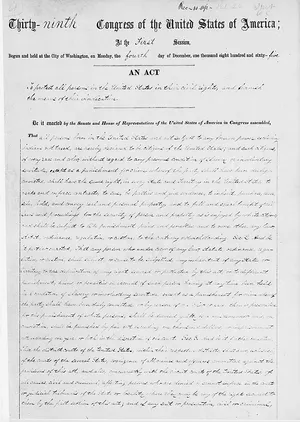
One of Jaabæk’s major concerns was the relationship between property and marriage, particularly how Norwegian men could take out loans and act as creditors on behalf of the entire household without their wives’ consent. This could often lead to ruin for the whole family.
Therefore, Jaabæk argued in Folketidende that Norway should change its debt laws based on the American “Homestead Exemption” laws, which limit creditors’ ability to seize houses and property.
With a resolution from the Friends of the Farmers, such a bill was presented to the Storting in 1868. However, the Storting voted this down, and a new, similar proposal in 1871 was also rejected.
“But Jaabæk initiated a process that ultimately led to a new Spouses Act in 1888, which increased women’s authority over the economy. The legislation directly refers to the injustice of men being able to provide bail without their spouse’s consent,” explains Sandvik.
American women’s struggle for inspiration
The inspiration from the United States was also evident in the interwar period, especially in the struggle for equality in the 1910s and 1920s. At that time, LO and the Labor Party advocated the so-called ‘housewife policy’ in response to high unemployment in Norway: Married women were to be dismissed to make room for men in the workforce, so that they could support their families. Women’s opportunities to participate in professional life were downgraded.
At that time, the United States had an active professional women’s movement targeting highly educated women in the workforce, including doctors, lawyers, dentists, and others. And the Norwegian women’s movement, including through the magazine Nylænde, had close ties to the American one.
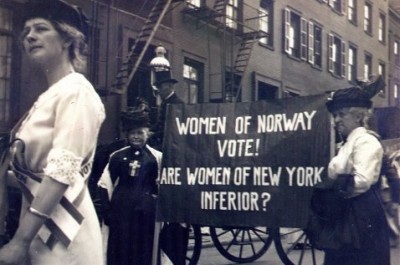
In the late 1920s, delegations from the American women’s movement visited Norway. They helped establish Norway’s first women’s professional organization, the Norwegian Federation of Professional Women, founded in 1931, based on the American model. This gave Norway a stronger movement that fought for absolute equality in professional life.
Sandvik states that the professional women’s movement in Norway quickly established itself as a powerful and effective political organization.
“The Norwegian Federation of Professional Women gained such a high international reputation that within a few years, they had their representatives in the League of Nations.”
Trawling through newspaper archives
For Sandvik and her colleagues, newspaper archives have been the most important source for documenting the historical relationship Norwegians have had with American politics. In their work, they have thoroughly reviewed both physical and digital archives on both sides of the Atlantic.
“Much of the research on Norwegians’ perception of America has been based on letters from emigrants. These provide a picture, but they are primarily written for family and focus on what one would write to family about. That is why we have worked extensively with newspapers, which have a different target audience. There, we find more about major political themes such as justice and corruption.

This article, Norwegians Have Been Engrossed in American Politics Since the 19th Century, is written by Simen Dalehavn Faaberg, based on the book “Democracy in America – horror example or ideal?” published by Cappelen Damm. In addition to Hilde Sandvik, the book is written by Eirinn Larsen, Terje Mikael Hasle Joranger, Terje Rasmussen, Odd Arvid Storsveen, Steinar A. Sæther, Eirik Wig Sundvall, Byron Rom-Jensen, Maren Rath, Ola Mestad, Mikael Lyngaas, and Victoria C. Austveg.
This article was published in Norwegian on 25 June 2025.
Translation into English by Tor Kjolberg.
Feature image (top) © Sciencenorway.no


